
Understanding the Basics of AC Motor Operation
Global electronic component supplier ERSAELECTRONICS: Rich inventory for one-stop shopping. Inquire easily, and receive fast, customized solutions and quotes.
What are AC Motors?
.jpg?x-oss-process=image/auto-orient,1/quality,q_70/format,webp)
AC Motors are electromechanical devices that transform alternating current (AC) electrical energy into mechanical energy, which causes rotation. Unlike their DC counterparts, AC motors do not require a commutator or brushes to function.
Do AC Motors Have Brushes?
No, AC motors do not often have brushes. This is the primary distinction between AC and DC motors. The revolving magnetic field of an AC motor eliminates the need for a commutator to alter the current direction, simplifying design and lowering maintenance requirements.
When Was the AC Motor Invented?
Nikola Tesla invented the alternating current motor in the late 1880s. His invention of the induction motor, which is more efficient and easier to use than DC motors, was critical to the widespread acceptance of AC power transmission.
Why AC Motor is Used?
AC motors are the workhorses of the industrial and commercial sector for a few important reasons:
Simplicity and Ruggedness: AC motors are designed to be simple and durable. This results in more dependable operation and reduced maintenance requirements than some DC motors.
Cost-effectiveness: In general, AC motors are cheaper to manufacture than some DC motors. Because of their low cost, they are a viable option for powering a variety of applications.
Versatility: AC motors come in a wide range of sizes and power ratings. This enables them to be employed in a wide range of applications, from small appliances such as fans to large industrial machines.
Power Availability: Most homes and businesses receive energy via alternating current (AC). AC motors can run directly on this widely available AC power source, eliminating the need for further conversion equipment.
How AC Motor Works?
An alternating current (AC) motor converts electrical energy into mechanical energy through the interplay of magnetic fields. Here's a simple description of how it works:
Basic Components: An alternating current motor has two major parts: the stator and the rotor. The stator is the stationary component, which is typically composed of a series of wire coils powered by alternating current voltage. The rotor is the rotating component, which is often made up of a series of conductors organized in a certain pattern.
Magnetic Fields: When AC voltage is given to the stator windings, it generates a rotating magnetic field. This field causes current in the rotor conductors, resulting in a magnetic field. The interaction of the stator's revolving magnetic field and the rotor's magnetic field causes the rotor to turn.
Synchronous Speed: The synchronous speed is the rate at which the magnetic field rotates in the stator and is defined by the frequency of the alternating current voltage and the number of motor poles. Because of the motor's inherent properties, the slip speed, or real speed of the rotor, is somewhat lower than the synchronous speed.
Torque Production: The quantity of torque (rotational force) generated by the motor is determined by the strength of the magnetic fields and the angle between them. As the rotor rotates, the magnetic fields vary, resulting in a constant force that drives the rotor's spinning.
Efficiency and Control: AC motors are extremely efficient and dependable, making them appropriate for a wide range of applications. They can be controlled by adjusting the frequency of the AC voltage (known as variable frequency drives), which adjusts the motor speed and torque to fit specific requirements.
Video related to How AC Motor Works
How Much is an AC Motor?
AC motor prices vary according to horsepower, kind, brand, and features. Here's the ballpark:
Small AC motors (fractional horsepower): $50 - $200
Larger AC motors (many horsepower): $100 to $1000+
To find out the precise price, visit online stores like Amazon or eBay, or contact the motor manufacturer directly.
How to Reverse AC Motor Direction?
There are two main methods for reversing the direction of rotation of an AC motor:
Swapping Phase Leads: In a three-phase AC motor, reversing any two of the three-phase leads causes the motor to spin in the other direction.
Reversible Motor Controller: Many AC motors are equipped with dedicated motor controllers that allow for speed control and direction reversing. These controllers reverse direction by electronically adjusting the motor's AC power supply.
Important Note: Always refer to the motor's manual or manufacturer's instructions before attempting to reverse its orientation. Improper connecting procedures can cause harm to the motor.
How to Test an AC Motor with a Multimeter?
Safety first! Before conducting any testing, always disconnect the motor from the electricity.
What You'll Need:
Multimeter (resistance mode, AC voltage mode optional)
Steps:
Quick check: Look for any motor damage, such as burnt wires.
Power Check (Optional): If you suspect a power supply issue, use a multimeter (AC voltage mode) to test the proper voltage at the outlet where the motor was plugged in.
Winding Resistance:
Set the multimeter to resistance mode (Ω).
Touch the probes to several motor terminal combinations (one at a time) and record the results.
Look for readings that are quite close together. This indicates healthy windings.
Interpreting Results:
-
Close resistance readings between windings and no continuity between windings and ground (optional step) suggest good windings. However, this is a rudimentary test. If the motor is still having problems, see a certified electrician for further diagnosis.
What is the Difference Between AC and DC Motors?
The primary distinction between AC (Alternating Current) and DC (Direct Current) motors is the type of current they use and how they generate torque (turning force). Here's a quick breakdown:
Current Type:
AC Motors: AC motors operate on alternating current, with the current direction constantly reversed.
DC Motors: DC motors operate on direct current, which flows in a consistent direction.
Magnetic Field:
AC Motors: In alternating current motors, electromagnets in the stator (stationary portion) generate a rotating magnetic field. The rotor (spinning portion) strives to keep up with the constantly changing magnetic field, resulting in continuous rotation.
DC Motors: The stator contains permanent magnets or electromagnets, which provide a stationary magnetic field. The magnetic field of the rotor interacts with the field of the stator (attraction and repulsion), generating torque for rotation. Brushed DC motors employ a commutator to switch the current in the rotor, guaranteeing constant engagement with the stator field.
Here's a table summarizing the key differences:
|
Feature |
AC Motor |
DC Motor |
|
Current Type |
AC (Alternating Current) |
DC (Direct Current) |
|
Stator Magnetic Field |
Rotating |
Stationary |
|
Rotor Magnetic Field |
Induced by Eddy Currents |
Created by windings |
|
Commutator (Brushed Motors) |
No |
Yes (flips current direction) |
|
Speed Control |
More complex (often requires variable frequency drives) |
Easier to control by adjusting voltage or current |
Can AC Motor be Used as Generator?
Yes, an AC motor can also be used as an AC generator. This idea is applied in induction generators, where the mechanical rotation of the shaft (induced by an external force such as wind or water) induces a current in the stator windings. The current can then be routed back into the electrical grid.
Where AC Motor is Used?
AC motors are used in a wide variety of applications due to their versatility and cost-effectiveness, including:
Household Appliances: Appliances for the home include refrigerators, washing machines, dryers, air conditioners, fans, and power tools.
Industrial Applications: Pumps, compressors, conveyors, machine tools, and factory automation systems are all examples of industrial applications.
HVAC Systems: HVAC Systems include fans and blowers used in heating, ventilation, and air conditioning systems.
Transportation: industrial ventilation fans, air compressors in brake systems, and electric vehicle traction motors (in some versions).
Conclusion
AC motors are the foundation of modern electrical systems, powering a wide range of gadgets and machinery throughout sectors. Understanding their basic operating principles provides you with useful information for troubleshooting, selecting appropriate motors for projects, and comprehending their impact on our daily lives. Remember to always refer to your AC motor's manufacturer's instructions for complete information and particular maintenance recommendations.
FAQs
What are the advantages and disadvantages of AC motors?
Advantages: Simple design, great efficiency, low cost, and easy access to AC power. Disadvantages: Complex speed control methods (sometimes requiring additional equipment), and lower starting torque than DC motors.
How can I maintain an AC motor?
Regular maintenance methods include keeping the motor clean and dust-free, applying the correct lubricant (if necessary), and examining for signs of wear or damage. Refer to the manufacturer's guidelines for specific maintenance activities.
What safety precautions should I take when working with AC motors?
Always turn off the power supply before doing any maintenance or repairs. Use appropriate safety gear, such as insulated tools and gloves. Be mindful of potential hazards such as whirling items and electric shock.
Where Can I Buy an Electric Motor?
Online Shops: Online shops such as Amazon and eBay sell a wide range of electric motors.
Electronics stores: SparkFun Electronics, Adafruit Industries, and Digi-Key Electronics sell electric motors for a variety of applications.
Hobby stores: Hobby Lobby and Michaels sell miniature electric motors for enthusiast projects.
The optimum location is determined by the type of vehicle, money, and personal preference. If you're unsure about the motor type, do some web study before purchasing. Take a look at Motors in Ersa first.
Related Articles
- ·Transistor Symbol: The Blockbuster Guide (With Zero Boring)
- ·ICD Electronics: Tiny Lightning, Relentless Reliability
- ·Smart Pill Dispensing Electronics: From Missed Doses to Mission Control
- ·Conditional Access Module (CAM): The Pay-TV Gatekeeper Engineers Actually Enjoy Reading About
- ·NC Formula Semiconductor: The Blockbuster Guide You Didn’t Know You Needed
- ·Electrosurgery Electronics: Turning RF Into a Surgical Superpower
- ·Endoscopic Imaging Electronics: Tiny Optics, Big Picture
- ·Instrument Cluster: The Dashboard Wizard That Makes You Feel Like Iron Man
- ·X-ray & CT Electronics: From Kilovolts to Reconstruction
- ·MRI Core Electronics: From Quench to K-Space


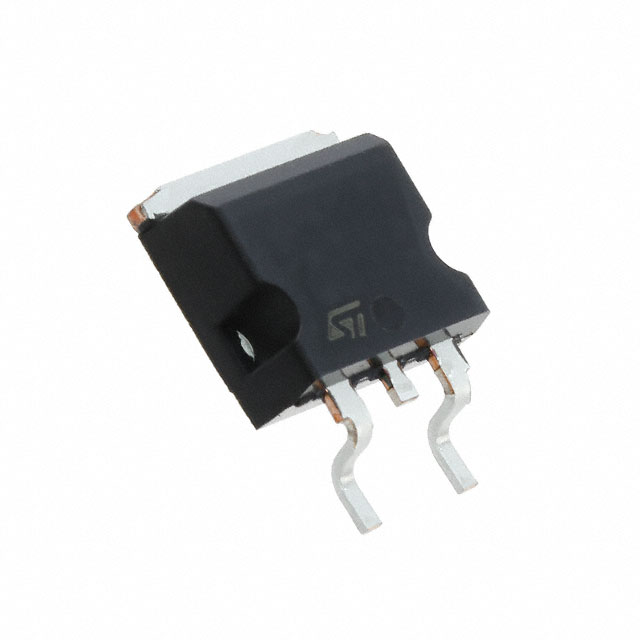
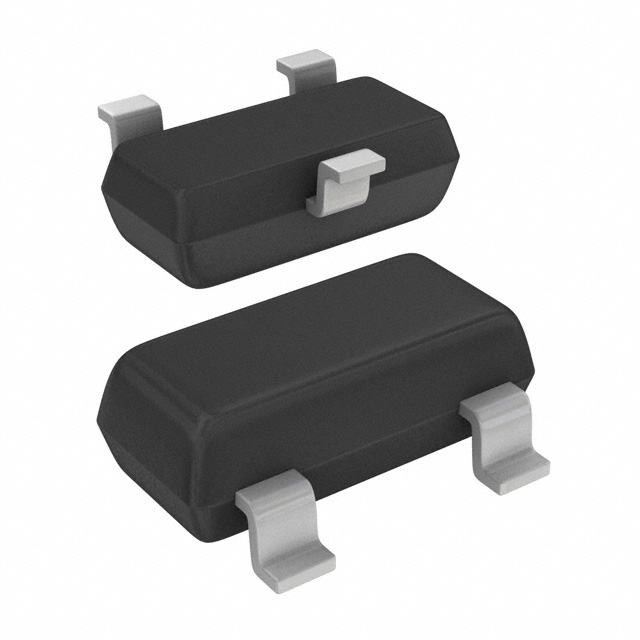
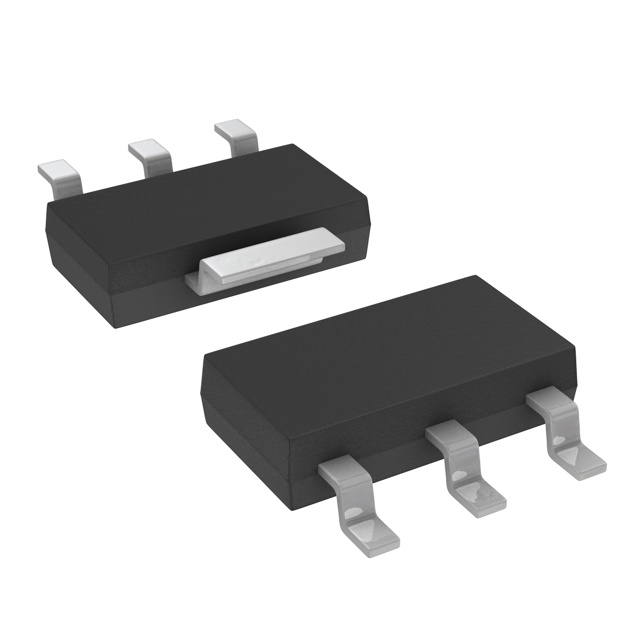
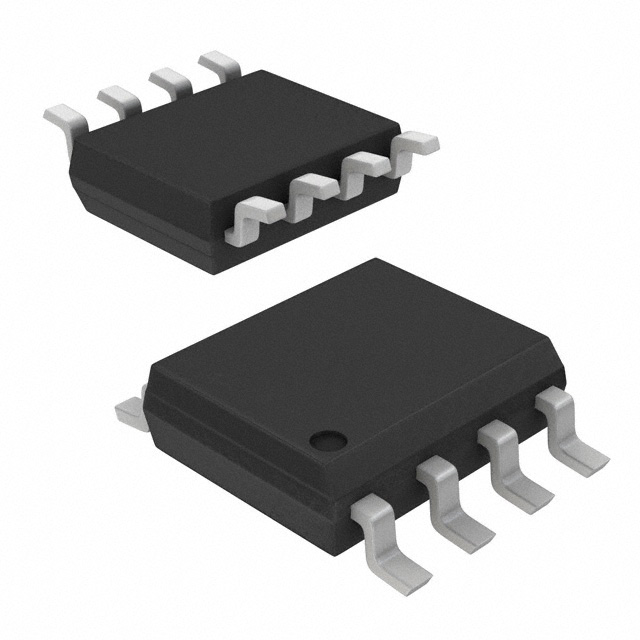
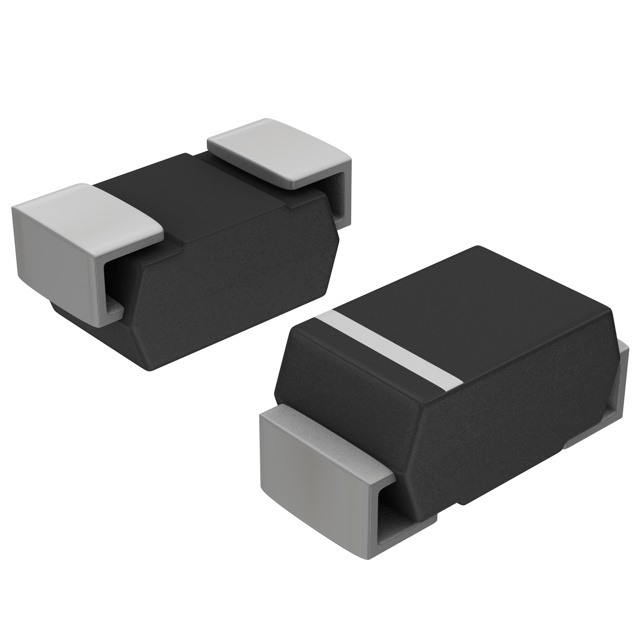
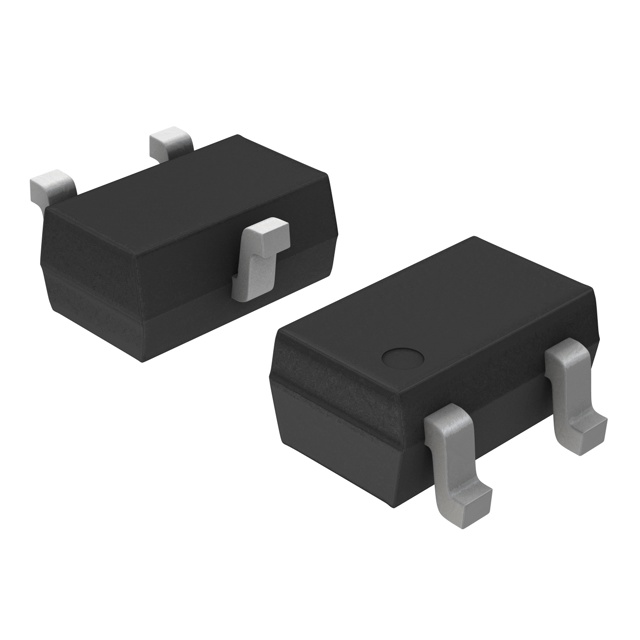







.png?x-oss-process=image/format,webp/resize,h_32)










